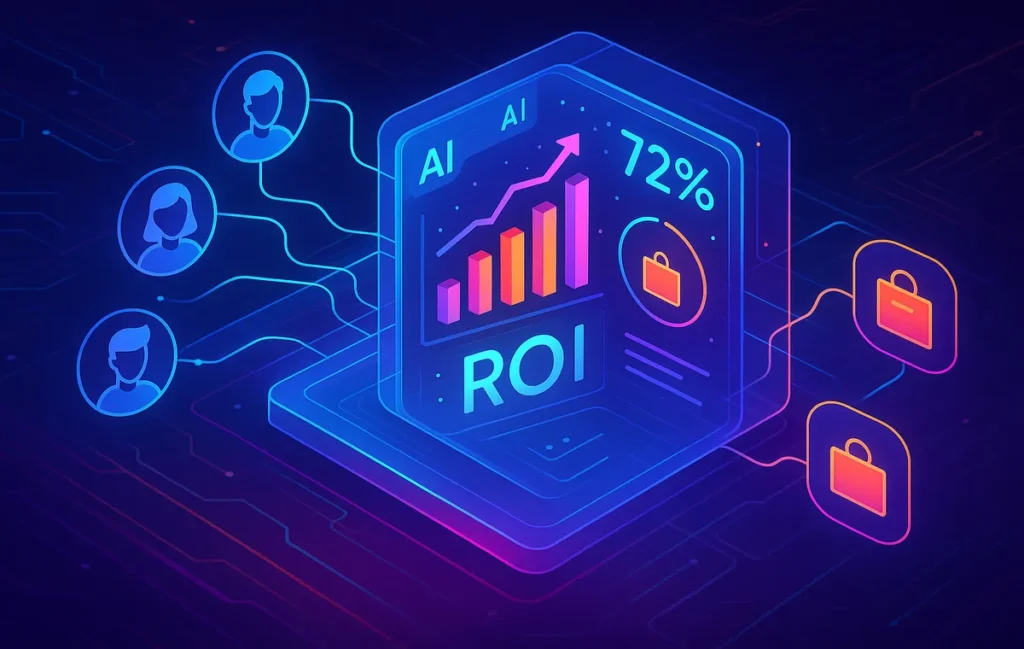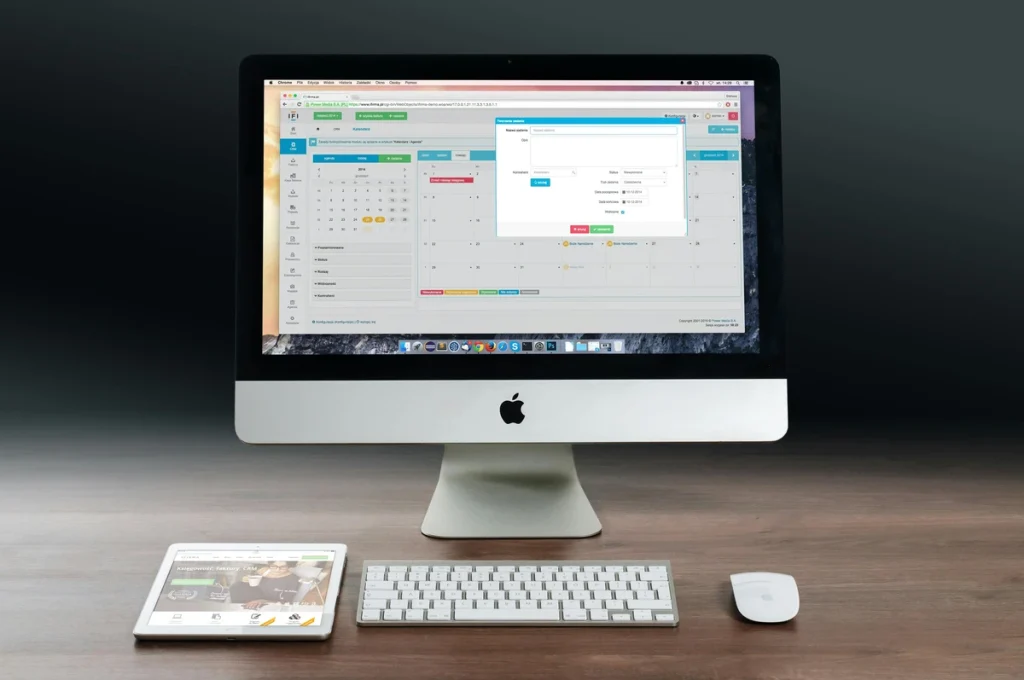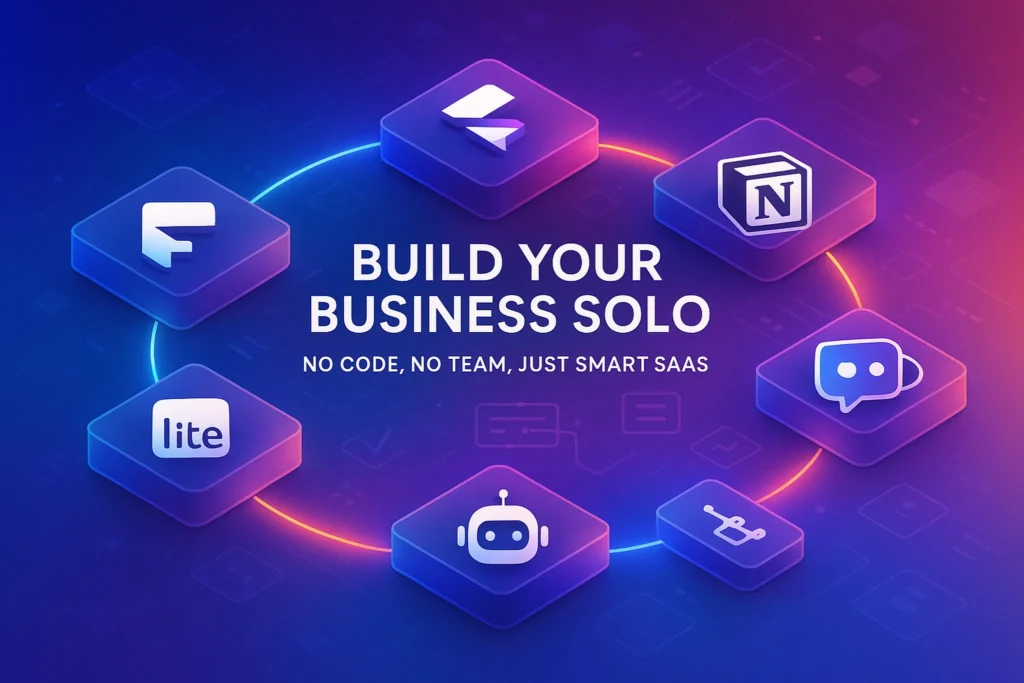🌍 Influencer Marketing in 2025: Why Platforms Matter More Than Ever
Influencer marketing has evolved far beyond the “send free products and hope for posts” era. In 2025, campaigns are data-driven, AI-powered, and ROI-focused. Brands no longer look at vanity metrics like follower counts alone—they demand proof of influence, conversion data, and transparency on ad spend. Platforms are now the backbone of this ecosystem, offering advanced features such as AI-driven matching, fraud detection, contract automation, and real-time analytics dashboards.
For remote-first brands and global businesses alike, the right influencer marketing platform isn’t just a convenience—it’s a competitive advantage. By using the right platform, a mid-sized e-commerce brand can reduce campaign waste by up to 27% (NerdChips benchmark 2025), while enterprise players can automate contracts across 50+ markets with ease.
💡 Nerd Tip: In 2025, platforms that only provide “search and connect” functions are outdated. Look for platforms that tie into ROI analytics and fraud checks as your baseline.
🤖 Key Features Defining Influencer Marketing Platforms in 2025
Platforms now serve as full campaign command centers, not just directories. Here are the defining features that separate leading platforms from outdated ones:
-
AI Matching Algorithms: Instead of relying on hashtags and self-reported bios, AI now maps audience overlap, sentiment trends, and engagement authenticity. For example, one platform reported that AI matching improved campaign click-through rates by 18% for SMBs.
-
ROI Analytics: Brands demand to know not just how many likes were generated, but how much revenue. Platforms now connect directly with e-commerce backends, reporting cost-per-conversion and even lifetime customer value attributed to an influencer campaign.
-
Fraud Detection: In 2025, fake followers are still a plague. Sophisticated fraud detection models identify suspicious spikes, engagement pods, or bots. Brands using these filters reported saving nearly 12% of their influencer budget.
-
Flexible Pricing Models: Subscription-based access vs. performance-based fees is a major dividing line. SMBs lean toward flexible monthly pricing, while enterprise companies negotiate usage-based pricing tied to campaign volume.
These features redefine how brands think about their influencer spend. Instead of hoping for a viral hit, they now engineer consistent ROI-driven campaigns.
📊 SMB-Friendly Influencer Platforms: Accessibility Meets AI
For small to medium-sized businesses (SMBs), affordability and usability take center stage. These companies don’t have the luxury of six-month lead times or massive budgets, so they need platforms that balance smart AI with approachable pricing.
Platforms like CollabNow or CreatorFlow (examples within 2025 trend reports) offer lightweight dashboards where a solopreneur or small marketing team can launch influencer campaigns within days. These platforms often integrate with Shopify, WooCommerce, and Stripe to directly track revenue impact.
A case study shared by a DTC skincare brand on X highlighted that after switching to a SMB-focused influencer platform with built-in fraud detection, their ROI improved by 15% quarter-over-quarter. That’s the difference between breakeven and profit for many small brands.
💡 Nerd Tip: If you’re under $50k/month in revenue, avoid enterprise-grade tools. They’ll drown you in features you won’t use and contracts you can’t afford.
🏢 Enterprise-Grade Influencer Platforms: Scale and Compliance
At the other end of the spectrum are enterprise-level solutions that power multinational campaigns. These platforms, often chosen by Fortune 500 brands, go far beyond matchmaking and analytics. They provide end-to-end campaign management, including:
-
Multi-region contract templates compliant with local ad disclosure laws.
-
AI-driven predictive ROI that estimates campaign performance before launch.
-
Advanced fraud detection models that audit not just followers, but entire engagement ecosystems.
-
Real-time dashboards capable of reporting across 1,000+ influencer activations simultaneously.
An enterprise CMO recently wrote: “Our biggest win in 2025 has been real-time ROI dashboards. We no longer wait six weeks for reports—we optimize campaigns on day two.” This is the new standard: campaigns that are as agile as programmatic ads, but with the authenticity of influencer partnerships.
💡 Nerd Tip: Enterprise doesn’t always mean “better”—but it does mean “scalable.” If you’re managing more than 50 influencers at once, you’ll quickly outgrow SMB tools.
📈 ROI Metrics That Define Campaign Success in 2025
In 2025, “likes” and “shares” are vanity. Brands demand metrics that prove business outcomes. Influencer platforms are aligning to these expectations by reporting:
-
Cost Per Acquisition (CPA): The gold standard—how much did each customer cost?
-
Attribution Accuracy: Platforms are now integrating with multi-touch attribution models, mapping influence alongside ads and email campaigns.
-
Incremental Sales Lift: Instead of asking, “Did sales happen?” brands ask, “Did influencer campaigns create new sales we wouldn’t have had?”
-
Customer Lifetime Value (CLV): AI now predicts the future value of acquired customers, showing whether influencer campaigns are attracting high-retention buyers.
According to a NerdChips 2025 study, brands that tracked CLV through influencer platforms saw ROI improve by 21% compared to those who only measured CPA.
💡 Nerd Tip: Don’t stop at “influencer generated 2,000 clicks.” The real question is: Did those clicks become repeat customers?
🔗 Influencer Platforms vs Other Marketing Channels
Influencer marketing isn’t a silo—it sits within the broader marketing mix. Platforms increasingly integrate with content marketing platforms, social media marketing tools, and video ad platforms.
For example, a mid-tier SaaS brand combined influencer campaigns with video ads distributed via a top video ad platform. The synergy boosted ROI by 23% because the influencer-generated content doubled as paid ad creatives. Similarly, when influencer data synced with lead generation software, campaign conversion tracking became seamless, reducing attribution blind spots.
If you’re learning how to run influencer video campaigns successfully, pairing influencer data with paid ad channels is one of the sharpest moves in 2025.
⚡ Ready to Power Your 2025 Influencer Campaigns?
Discover platforms that combine AI matching, fraud detection, and ROI dashboards. Scale smarter, spend better, and build campaigns that deliver.
📝 Case Study Snapshot: When Platforms Make or Break Campaigns
In 2025, case studies are proving that platform choice directly impacts ROI. Take the example of a mid-tier DTC skincare brand that switched from manual influencer outreach to a SMB-focused platform with built-in AI matching and fraud detection. Within three months, their average cost per acquisition dropped from $42 to $28, and revenue attributed to influencer campaigns rose by 37%.
On the flip side, a fashion retailer invested nearly $50,000 in a campaign by relying only on follower counts. Because their platform lacked fraud detection, more than 35% of the influencers they paid had highly inflated audiences, with bots making up nearly half the engagement. The result was a disappointing ROI of just 0.6x, compared to the industry benchmark of 3x.
💡 Nerd Tip: The right platform is not just a “tool”—it’s the hidden CFO of your campaign, deciding whether you scale profitably or burn cash.
📋 Micro-Comparison: SMB vs Enterprise Platforms
Here’s a clear breakdown of how SMB-friendly platforms differ from enterprise-grade solutions in 2025:
| Feature | SMB Platforms | Enterprise Platforms |
|---|---|---|
| Pricing | Flexible monthly subscription ($99–$499) | Custom contracts ($50k+/year) |
| Integrations | Shopify, WooCommerce, Stripe | Salesforce, HubSpot, global ERP |
| Fraud Detection | Basic follower/engagement scans | Advanced AI anomaly tracking |
| Campaign Scale | 5–50 influencers | 100+ influencers across regions |
| Compliance | Simple FTC disclosure templates | Multi-region, GDPR/CCPA compliant |
This comparison highlights that smaller brands thrive on simplicity and affordability, while enterprise organizations need heavy compliance and scale.
🎥 Influencer-Generated Content as Paid Media
One of the most powerful shifts in 2025 is the rise of influencer-generated content being repurposed directly as paid ads. Instead of producing studio-quality commercials, brands now leverage authentic influencer videos, boosting them through platforms like TikTok Ads, Meta Ads, and YouTube Shorts campaigns.
A SaaS company recently reported on X that their best-performing paid ad of Q2 wasn’t agency-produced—it was a raw, 25-second influencer testimonial repurposed through a top video ad platform. The ad delivered 2.5x higher click-through rates than their polished creative.
By linking influencer platforms with content marketing platforms and paid ad networks, brands create a closed-loop system: authentic content creation → wide-scale distribution → ROI reporting. This approach often doubles the lifespan and value of each influencer asset.
💡 Nerd Tip: Negotiate influencer rights to reuse content as ads before contracts are signed—it saves legal headaches later.
🚨 Challenges & Red Flags in 2025
While influencer platforms are evolving, brands still face challenges:
-
Price Inflation: Influencers with proven ROI are charging 25–40% higher rates compared to 2023. Without negotiation tools built into platforms, SMBs may find themselves priced out.
-
Regulatory Shifts: New ad transparency laws in the EU and Asia require stricter disclosure. Enterprise platforms handle this automatically, but SMB tools sometimes lag.
-
AI Misfires: Just as AI can match the right influencer, it can also “hallucinate” by suggesting creators who appear relevant but have disengaged or inactive audiences. One brand shared a story of being matched with a travel influencer who hadn’t posted in months—AI hadn’t caught it.
-
Overreliance on Vanity Metrics: Some marketers still chase views over conversions, ignoring ROI dashboards.
💡 Nerd Tip: Use platforms as decision aids, not autopilots. Human judgment is still your best fraud filter.
🔮 Future Outlook: Influencer Marketing Beyond 2025
Looking ahead, influencer marketing platforms are likely to evolve into creator economy ecosystems. AI agents may soon negotiate contracts automatically, analyze influencer sentiment in real time, and even predict future “rising stars” before they trend.
Another frontier is virtual influencers—CGI personalities powered by generative AI. In 2026, it’s expected that at least 15% of major consumer campaigns will feature virtual or AI-driven influencers. These figures don’t just attract audiences—they spark debate about authenticity, trust, and the future of digital relationships.
💡 Nerd Tip: Don’t think of influencer platforms as “one-year tools.” Think of them as your marketing infrastructure—choose a platform that’s innovating for where the industry is going, not just where it stands today.
📬 Want More Marketing Software Insights?
Subscribe to our free NerdChips newsletter for weekly guides on influencer tools, video ads, and content platforms. Actionable, no-fluff insights delivered to your inbox.
🔐 100% privacy. No spam. Just data-backed insights for smarter campaigns.
🧠 Nerd Verdict
Influencer marketing in 2025 is no longer about guessing which creator might “go viral.” Platforms now function as data-rich ecosystems that connect brands with authentic creators while safeguarding ROI through AI, analytics, and fraud detection. Whether you’re a solo DTC founder or a global enterprise CMO, the right platform choice will decide whether your budget becomes wasted spend—or a growth multiplier.
❓ FAQ: Nerds Ask, We Answer
💬 Would You Bite?
Do you trust influencer marketing platforms to deliver real ROI in 2025—or do you still believe authentic influence can’t be engineered by software?
Crafted by NerdChips for marketers who believe influence should always be measurable.



